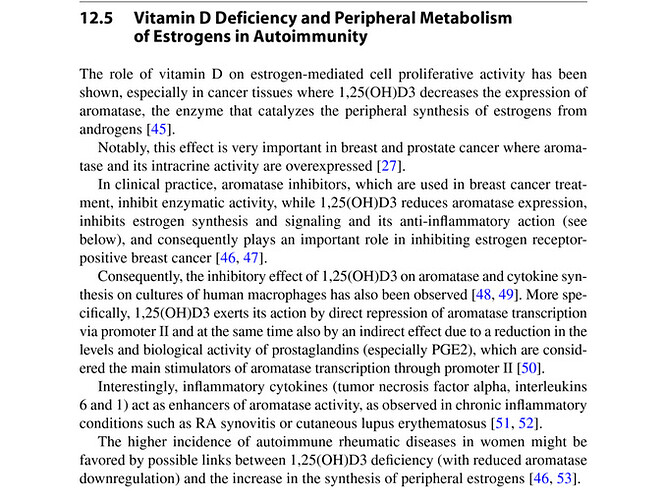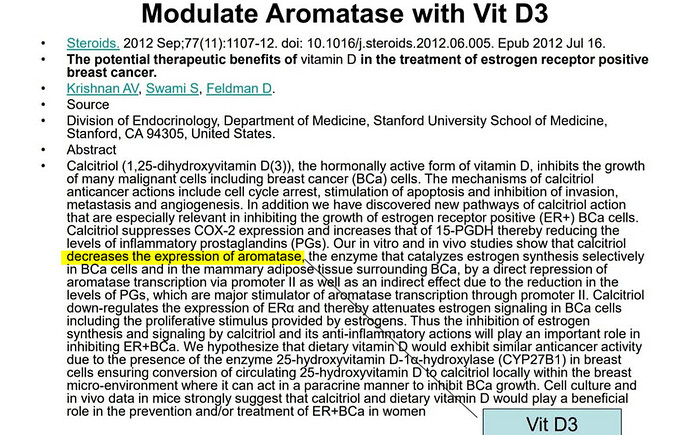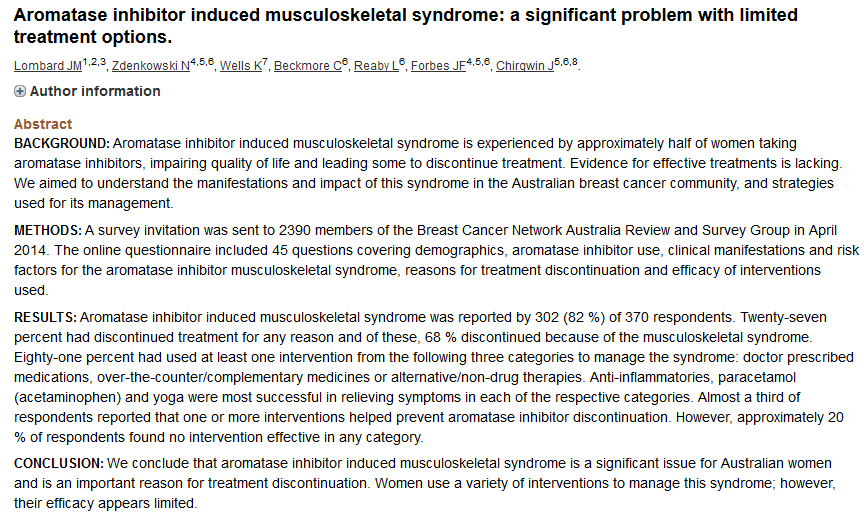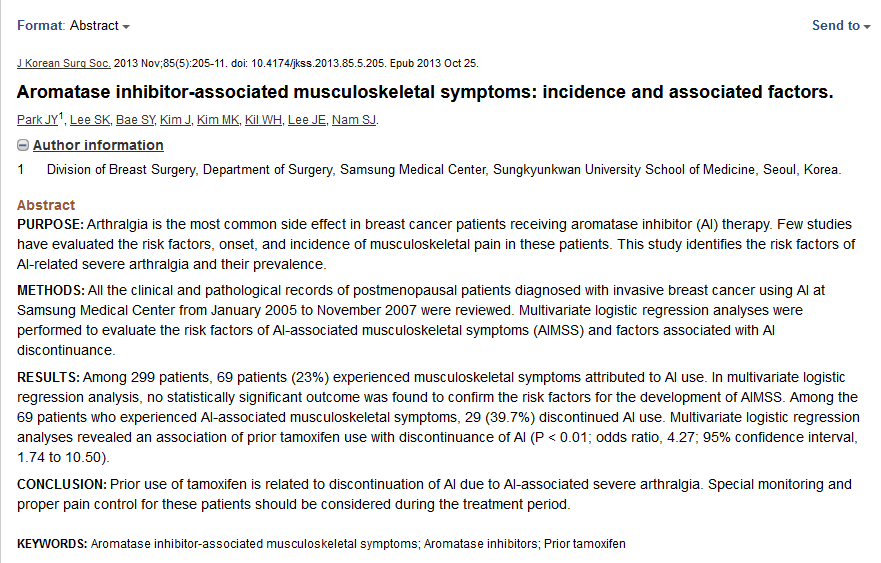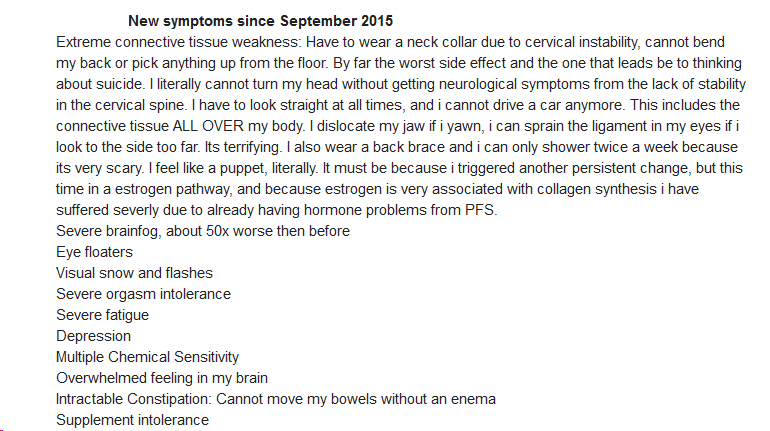VITAMIN D IS DANGEROUSLY ANTI-ESTROGEN
Decreasing aromatization of steroids with vitamin D
Aromatization, in simple terms, is the process by which androgens (e.g. testosterone) are converted to estrogens (e.g. β-estradiol) by the action of the enzyme aromatase .
The aromatization of androgens to estrogens in the testes and extra glandular tissues of man is realized by the same enzyme complex present in the ovary and placenta, CYP19. The aromatization of androgens involves sequentially: hydroxylation, oxidation and removal of the C(19) with the aromatization of the A ring of the steroid.13
3 mole of NADPH and 3 mole of oxygen are needed to convert 1 mole of testosterone or androstenedione to estrone and estradiol, respectively.13 The oxidation in this process, involves a specific cytochrome P450 (CYP 19). Enzymes involved appear to be linked to a microsomal complex that includes the NADPH-cytochrome P450 reductase and cytochrome itself.13
From about 45 mg daily of estradiol produced in the body of a young male, only about 10 to 15% comes directly from testicular secretion, the remaining 85 to 90% are derived from peripheral aromatization of androstenedione (for estrone) and testosterone. 13 The formation of estrogens in the testes appears to be influenced by the levels of luteinizing hormone (LH) and human chorionic gonadotropin (hCG).13 Aromatization in peripheral tissues, although it does not seem to be affected by gonadotropins, increases with age.13
Vitamin D has demonstrated the ability to reduce the expression of the enzyme aromatase , primarily in adipocytes and estrogen-sensitive breast carcinoma.14 Moreover, in this type of cancers, Vitamin D decreases the action of prostaglandins in the breast tissue by suppressing cyclooxygenase-2 ( COX-2 ), elevating simultaneously 15-hydroxyprostaglandin dehydrogenase (which catalyzes prostaglandin degradation.)14 Prostaglandins stimulate aromatization, so they are major players in estrogen dependent diseases.14
Although this study was done in rats,14 the effect of the inhibition of aromatase in human seems a very plausible hypothesis with vitamin D. This work also showed an increase on the effect of aromatase inhibitors (anastrozole, letrozole and exemestane), when administered with vitamin D.14

